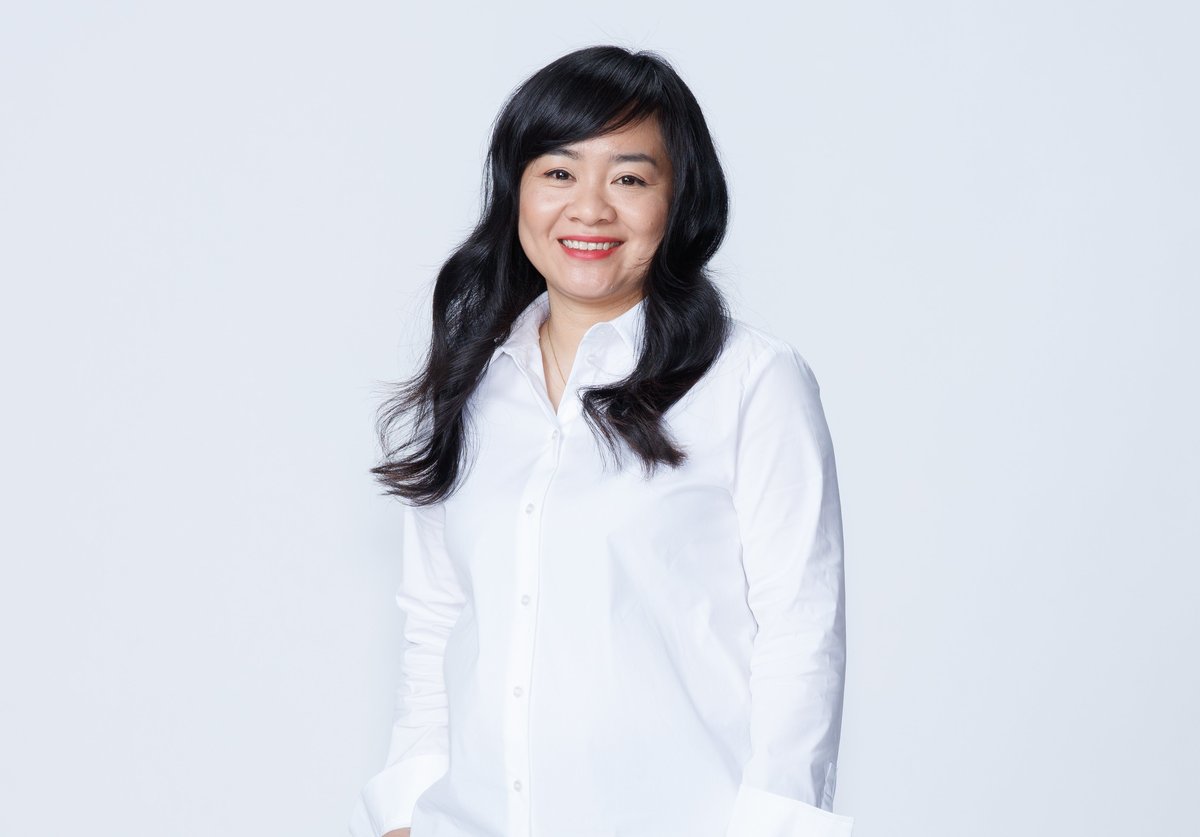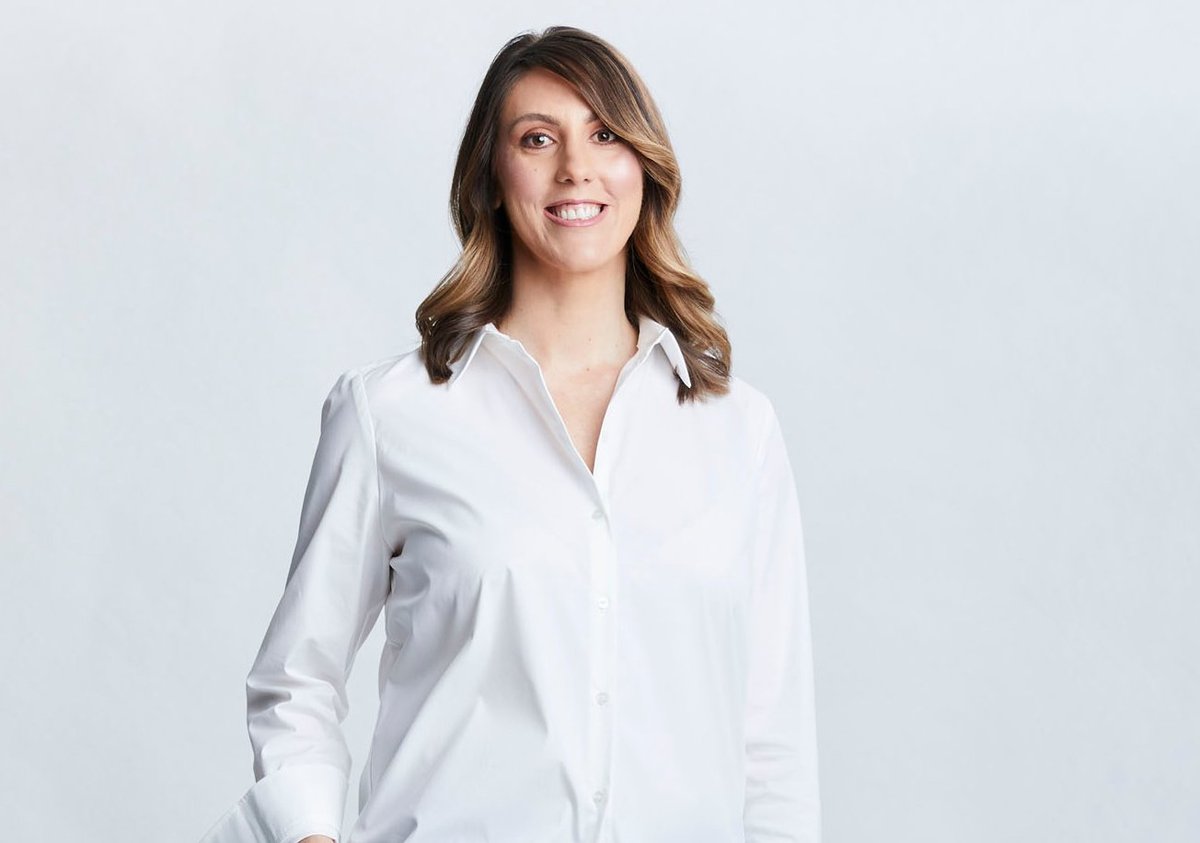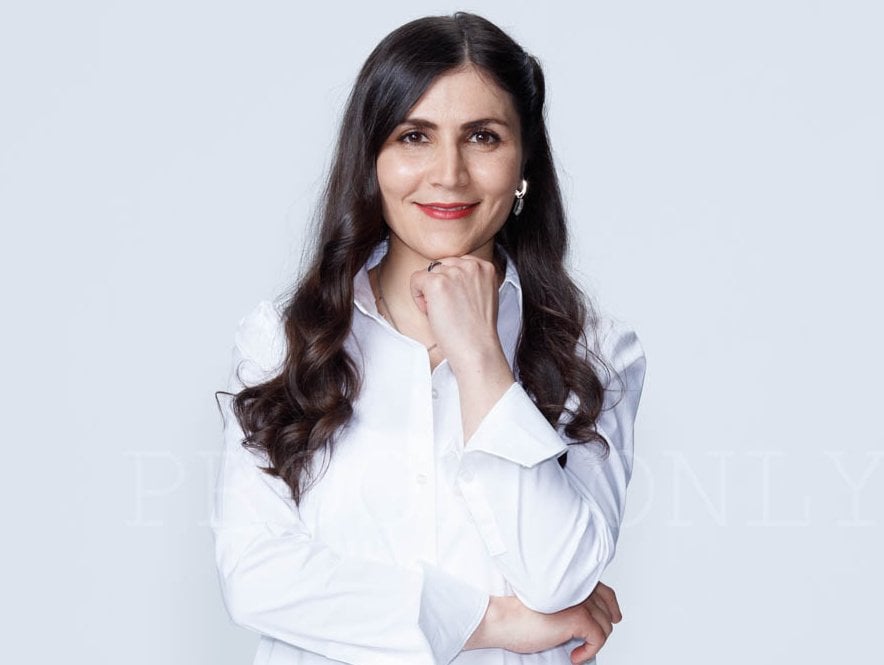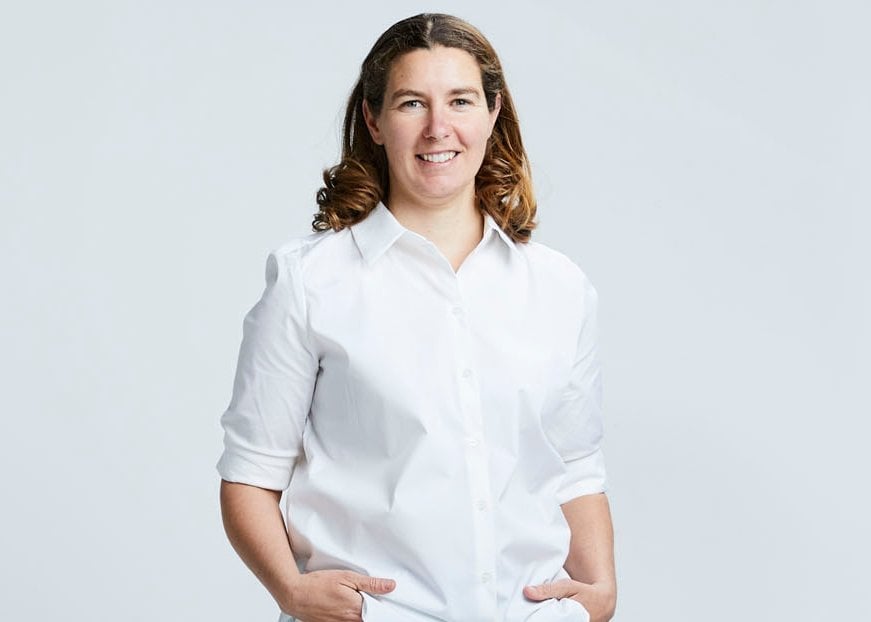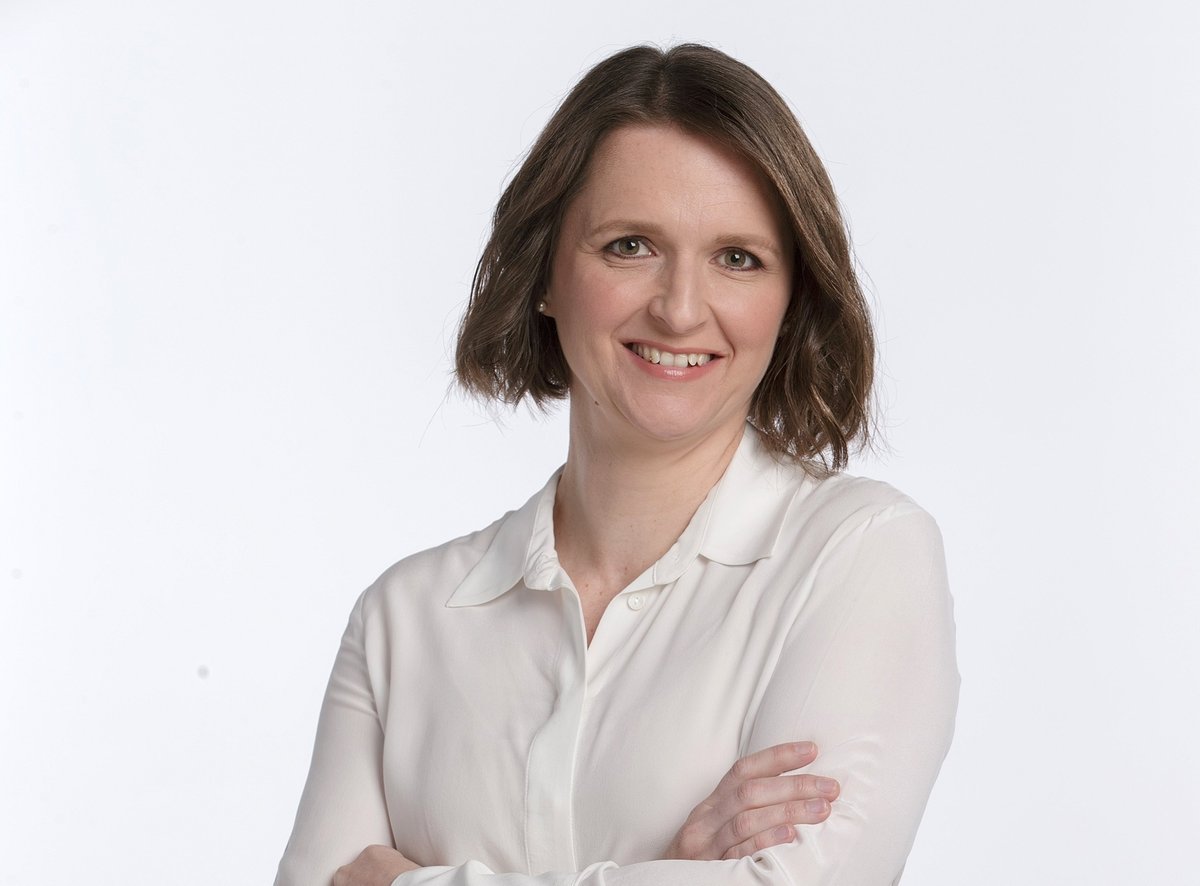
In a world preoccupied by the coronavirus pandemic (and for good reason), another global emergency is being somewhat forgotten.
Climate change.
Thankfully for us, there are still plenty of remarkable minds working away behind the scenes on future-proofing our planet for the decades to come.
WATCH: Women are still under-represented in science, but that's changing for the better. Post continues after video.
While a pandemic responsible for killing one million people around the world (and rising) should never be celebrated, there have been some flow-on effects that are benefiting our fight for the planet.
We're living through the biggest carbon crash we have ever recorded, with a number of different analyses showing we will be using between two and three billion tonnes less warming gas in 2020.
But air travel won't stay grounded forever, and road transport will eventually return to normal levels sending our CO2 levels climbing once again.
So while our governments, virus scientists and policy-makers remain largely preoccupied by coronavirus, climate scientists and experts are busy working on solutions.

